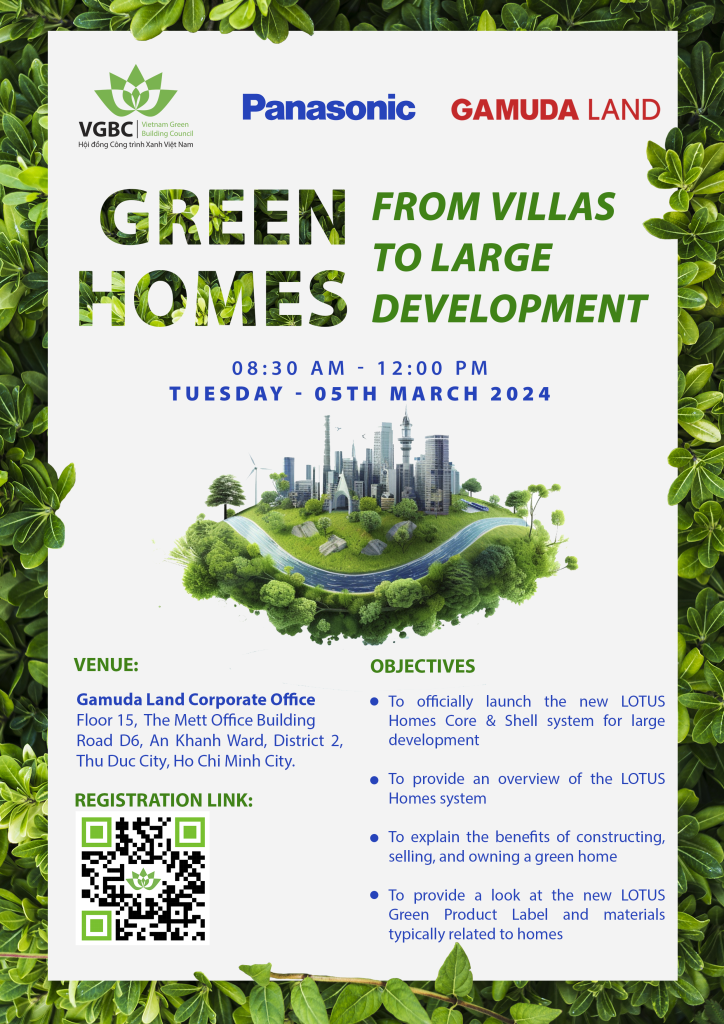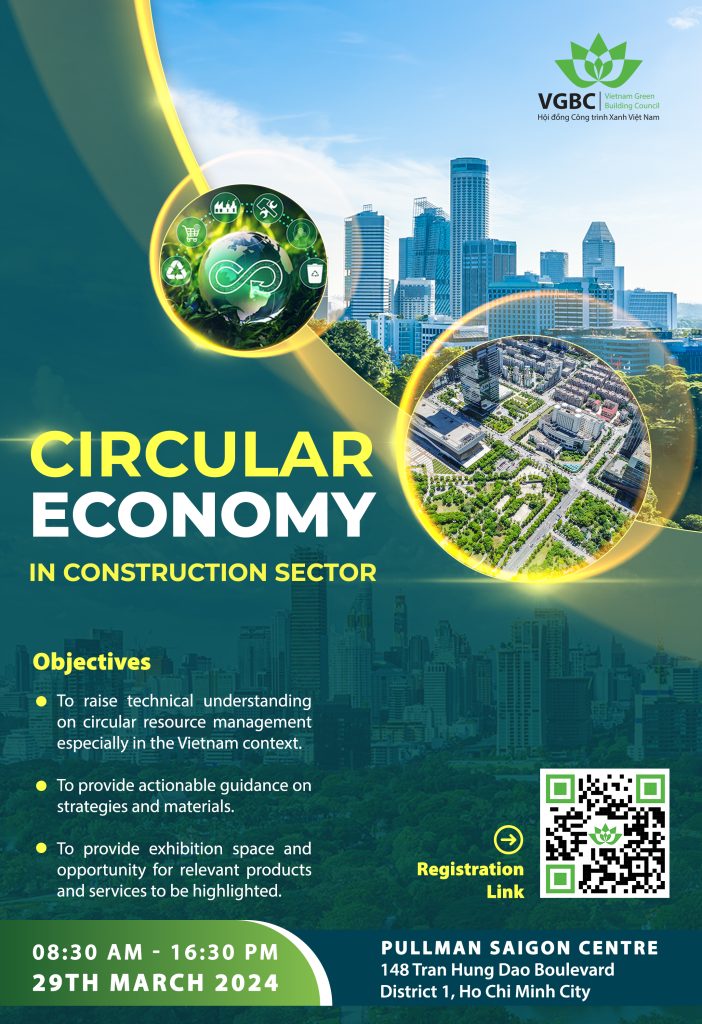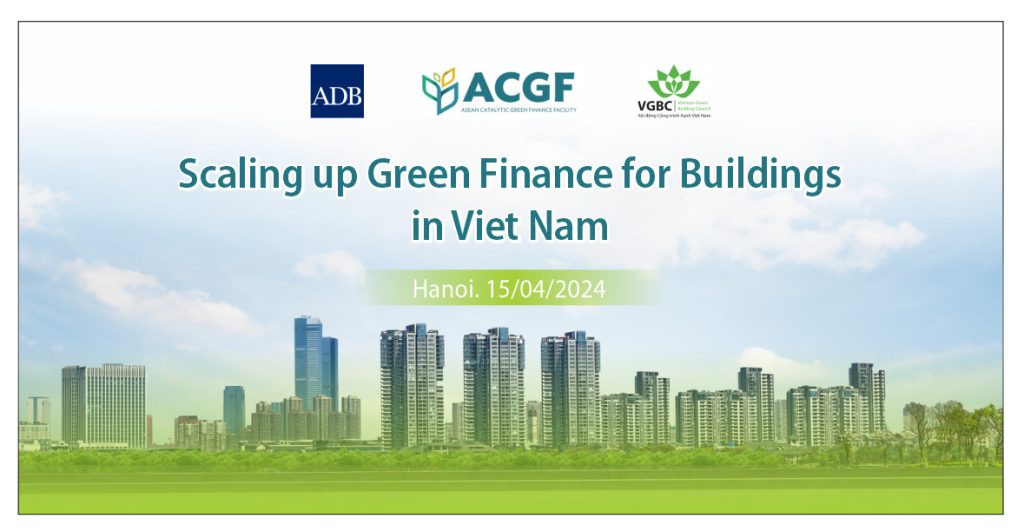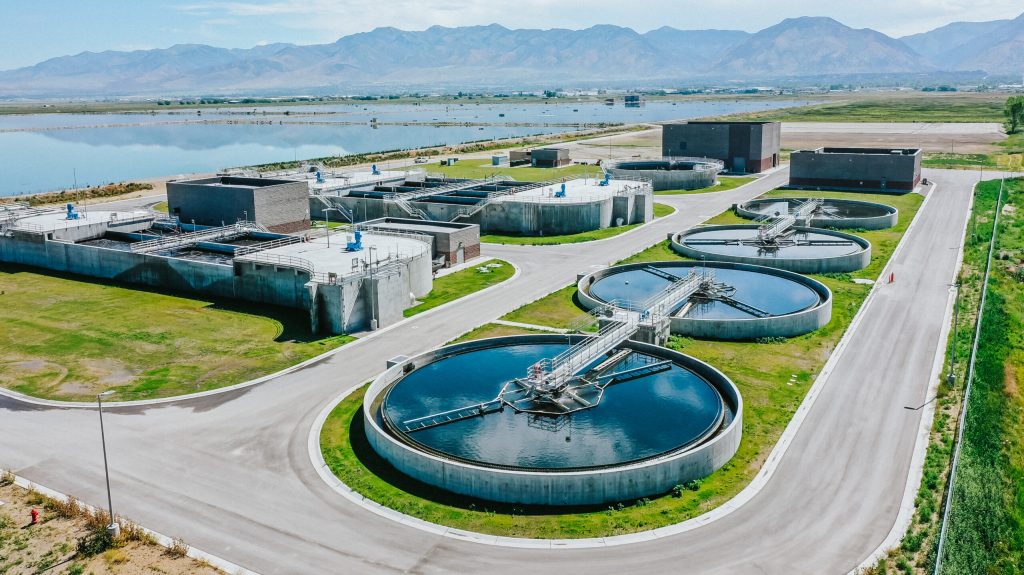While going green is popular in the country, it has yet to be fully accepted in building and construction. One reason is that many are burdened by myths about green building. Here are some of them:
Developers are deterred by a perceived high front end cost of building green, which may be higher by 2% than usual buildings. This may be true if green measures are incorporated later at the design or construction stage, or if you adopt unnecessary and complex measures, or invest in measures that have slow return on investment.
Greening at a later stage. Green buildings may cost more when green measures are incorporated at the later part of design or during construction. At these stages, there will be design revisions and added cost of decommissioning to the contractor. Imagine the added cost to remove installed systems just to incorporate green measures in the building. If green measures are part of the design criteria from the start, there may be no increase, or the capital cost may be even lower.
Unnecessary, complex measures. Some green buildings include measures that do not contribute to improved resource efficiency and environmental quality, but are incorporated just the same to get a higher green building rating. However, not all green building measures have significant impact on the reduction of a building’s utility cost. Some certification systems rate the buildings based on quantitative points rather than the energy, water and cost savings that are generated.
Slow return on investment. There are green measures that are expensive but do not give a quick rate of return on investment. Choose measures based on the return on investment and not on the rating of the building. Select green building measures based on their contribution in lowering utility cost. A good green measure will give return on investment within 2 to 3 years.
Complex measures. More complex measures are of course expensive. There are simple measures that will not increase, but may in fact, lower cost. An example is a lower window-to-wall ratio, which decreases the first cost for the building envelope. A lower window-to-wall ratio reduces the cost of installing a glazing area, which is more expensive than opaque walls. Entry of heat and solar radiation will be reduced with the reduction of glazing area. For a tropical country like the Philippines, cooling all year round requires an air conditioning system that consumes from 50% to 70% of the total energy of the building. If cooling uses water-cooled air-conditioning system, it will also consume water. Reducing the glazing area will lower the heat load of the building, which in turn will require a smaller air-conditioning plant with reduced electrical load, smaller size transformer and associated equipment and wiring. A smaller air-conditioning plant is less expensive than its bigger counterparts. For an air-conditioning system that uses a water-cooled air-conditioning system, the water supply which includes a cistern and transfer pumps will be proportionately reduced, thereby further reducing the capital cost of the building and its systems.
There are green building certification systems that are complicated and expensive; not all though. There are green building certification systems that are simple. They come with a decision making tool that lists down green measures that can be incorporated for specific building categories and a software that simplifies document submission and certification. These systems do not require complicated programs for calculations. Preliminary certification can be achieved within a few weeks after submitting the design documents. Developers can use the preliminary certification as added value in marketing their building or project. Final certification can also be achieved within weeks of submitting the construction documents.
MYTH 3. GREEN BUILDINGS ARE FOR BIG PROJECTS ONLY.
Because most green buildings that are certified are high-end buildings, people tend to think that green buildings are only for big ticket projects, and that they are capital-intensive and complicated.
However, there is a rating system that can be used for different building categories. The Philippine Green Building Initiative implements the EDGE or Excellence in Design for Greater Efficiencies. EDGE, developed by the International Finance Corporation, a member of the World Bank Group, is a certification system, a green building standard, and a decision making tool that you can use for five building types: homes, hospitals, hotels, offices, and retail buildings. Although it is implemented internationally in many countries, it provides standards and measures that are appropriate to the country’s local conditions such as geography, climate, humidity and weather conditions. The first EDGE certifications were for affordable housing developments. Visit edgebuildings.com for more information.
GREEN BUILDING AWARENESS
No doubt, green building makes good business sense as it promotes resource efficiency and generate savings while improving the health and environment through reduced greenhouse gas emissions. The slow uptake of green building stems from the myths that encase green building. Public awareness is critical to bust these myths.
Engr. raMon d. aguilos is the Vice-President for administration and operations of the Philippine Green Building Initiative. He is a professional mechanical engineer, an accredited PGBI-GREEEN assessor, and EDGE certifier for voluntary green building certification systems.

 Tiếng Việt
Tiếng Việt
